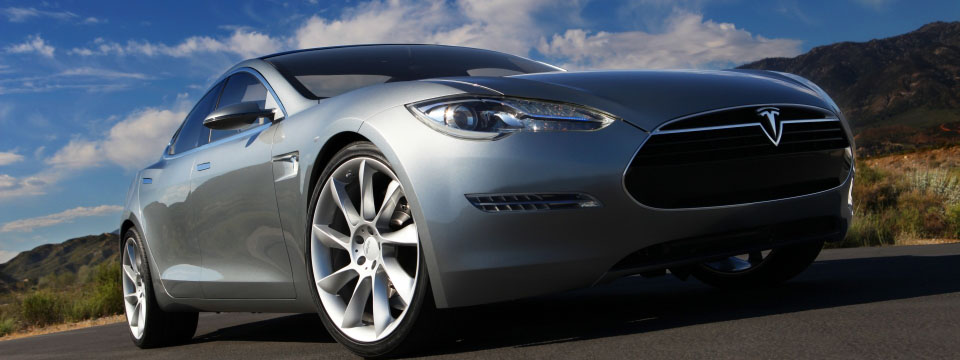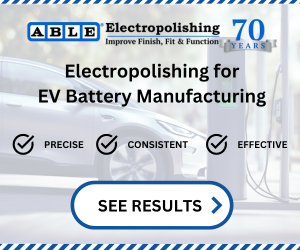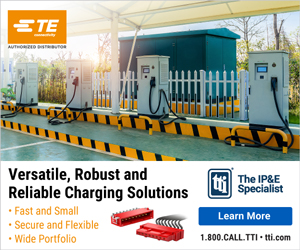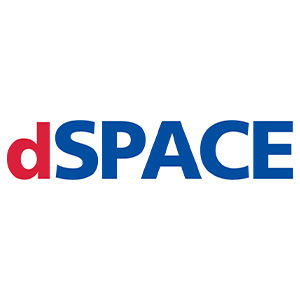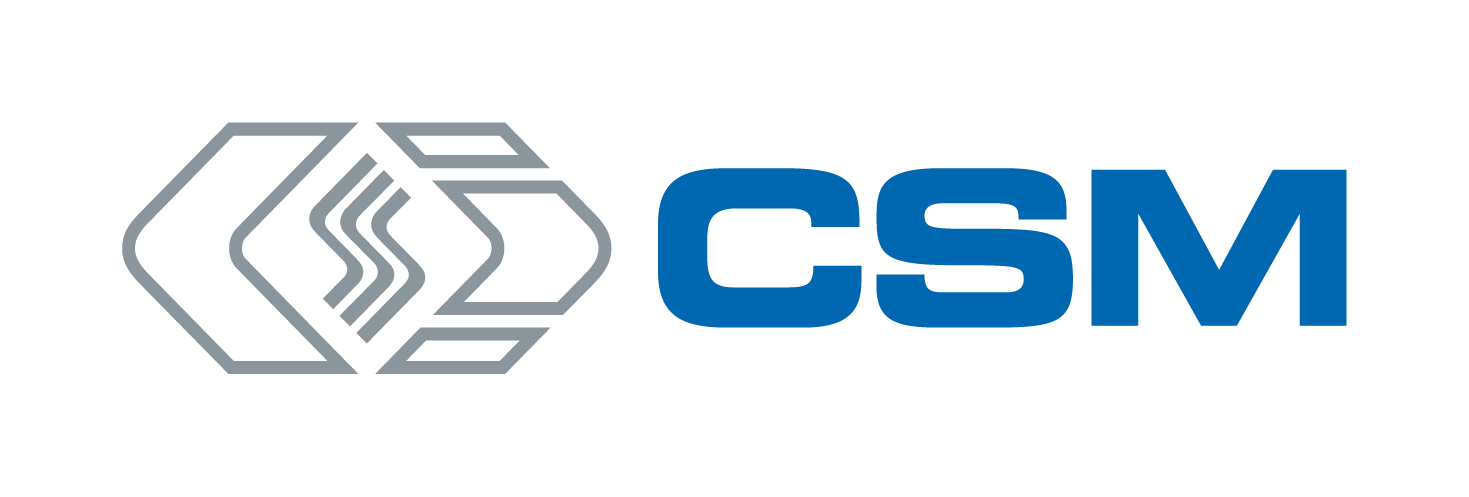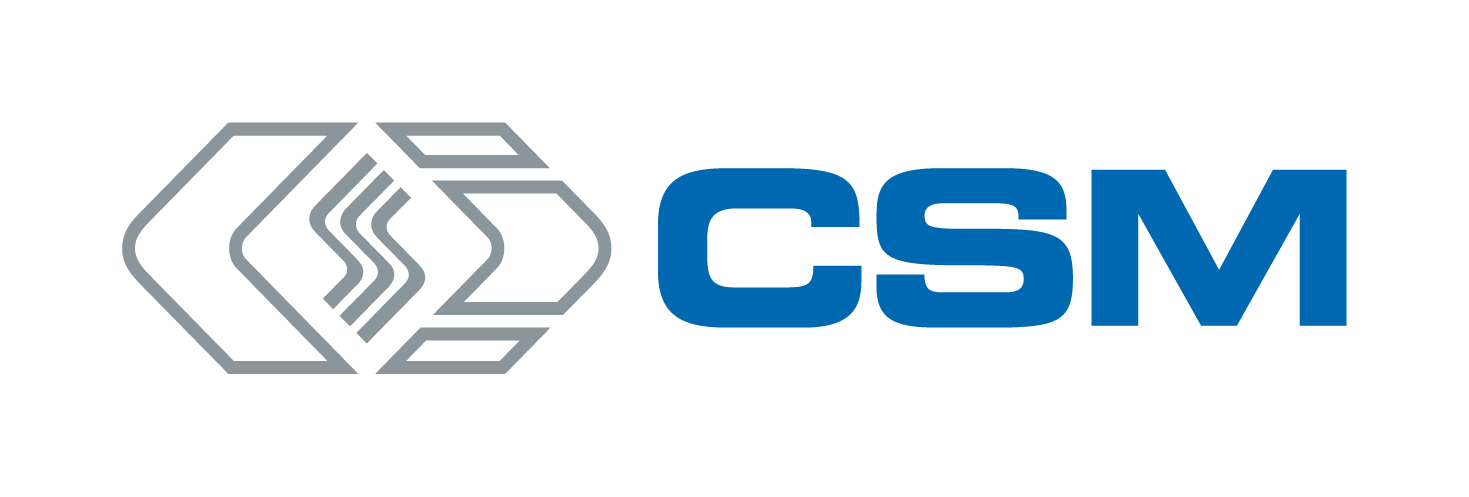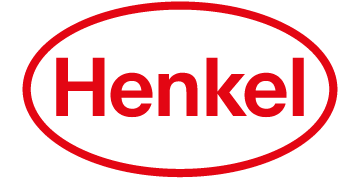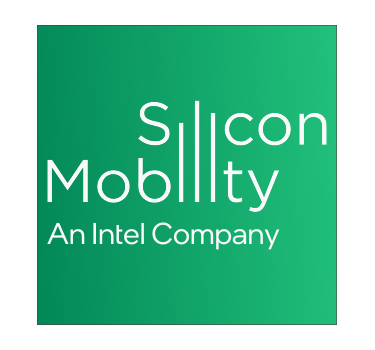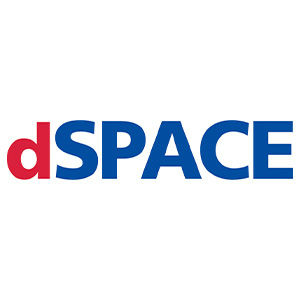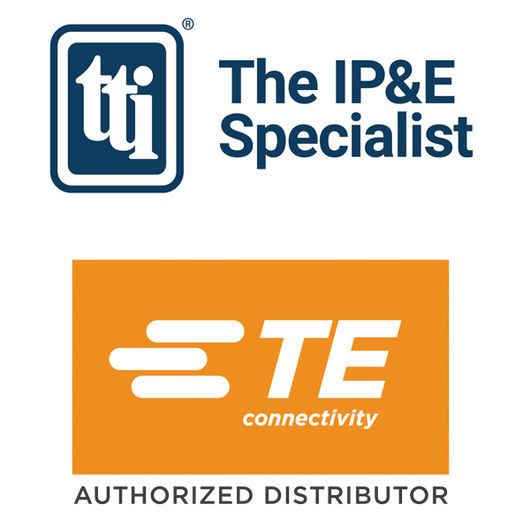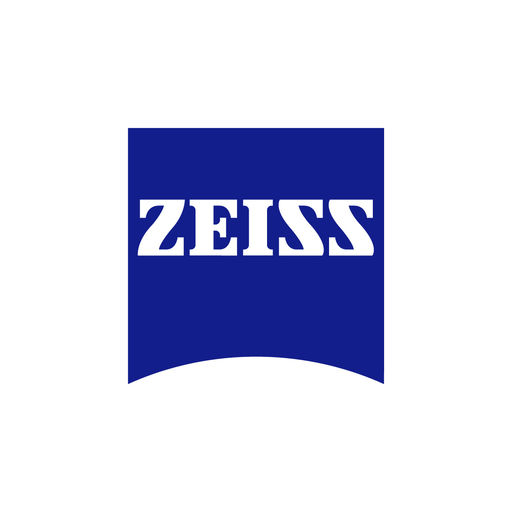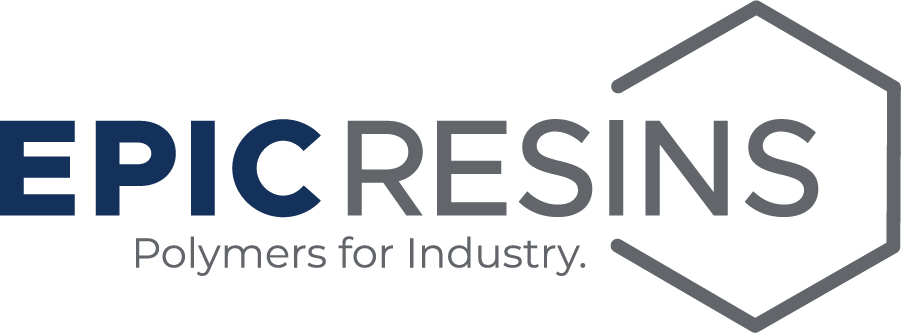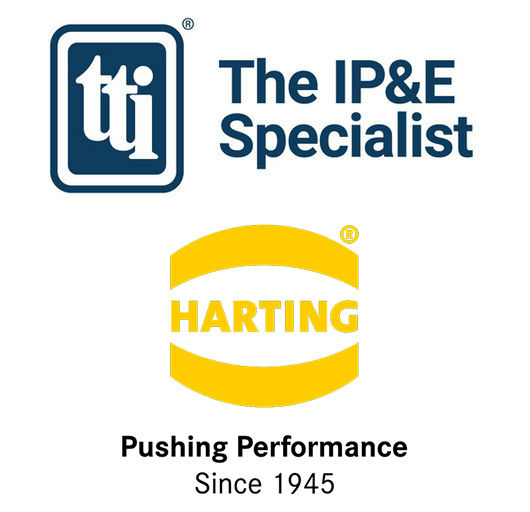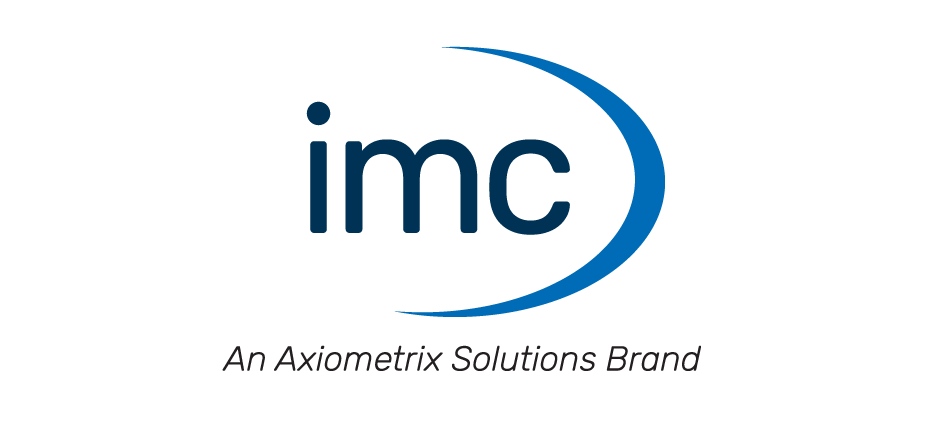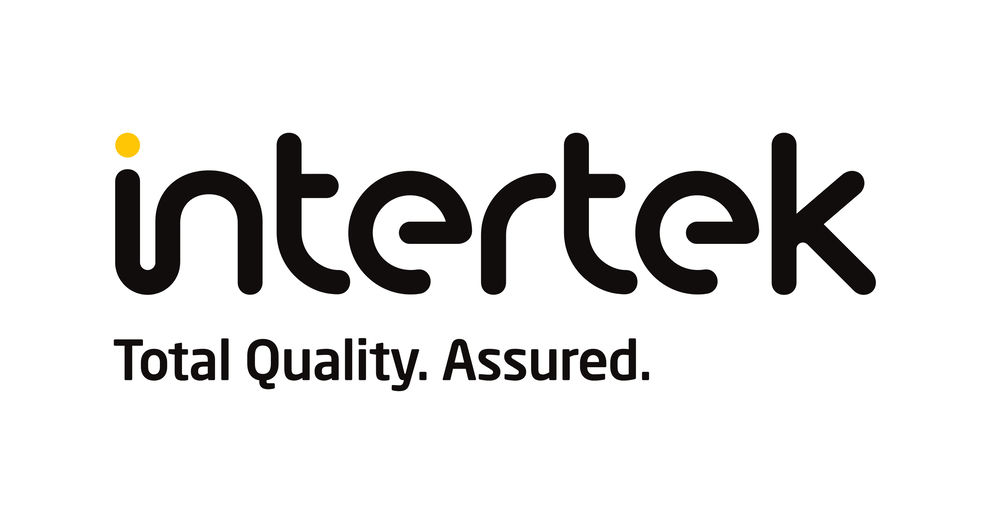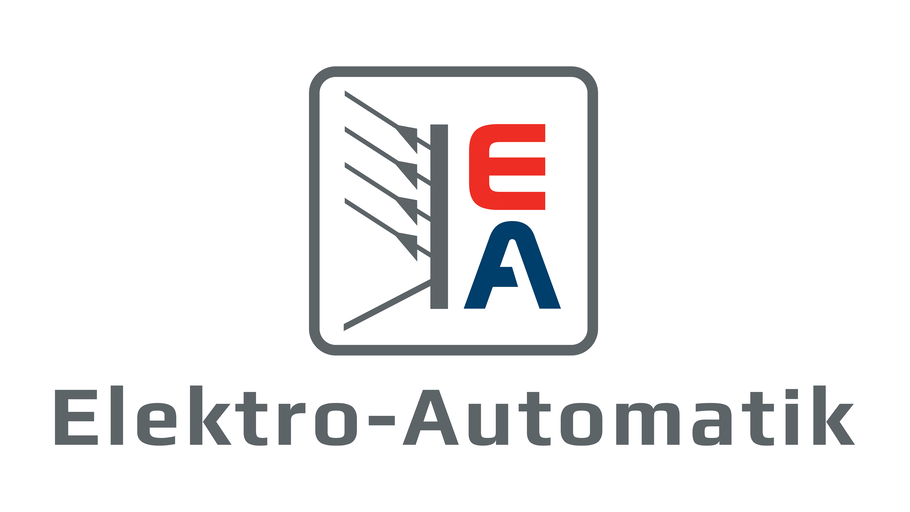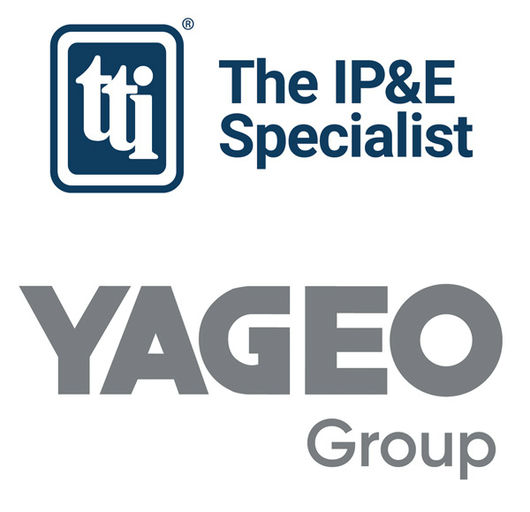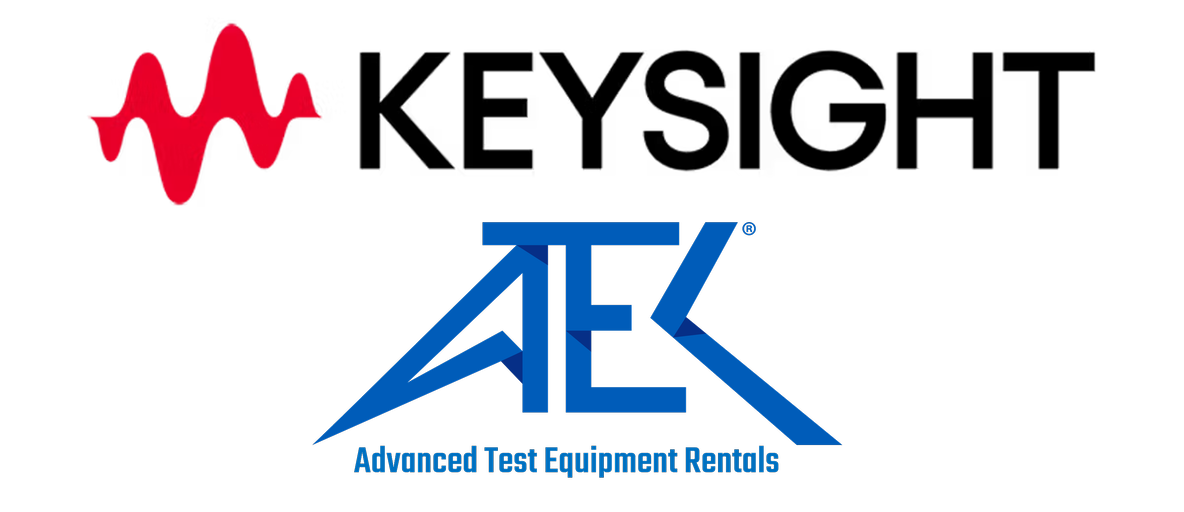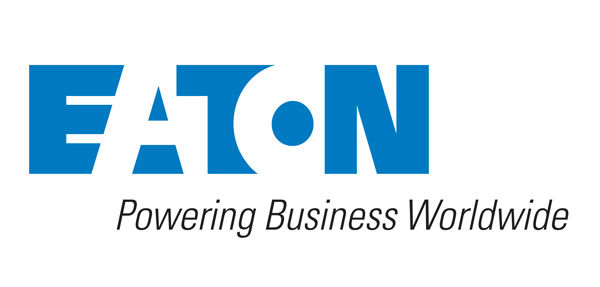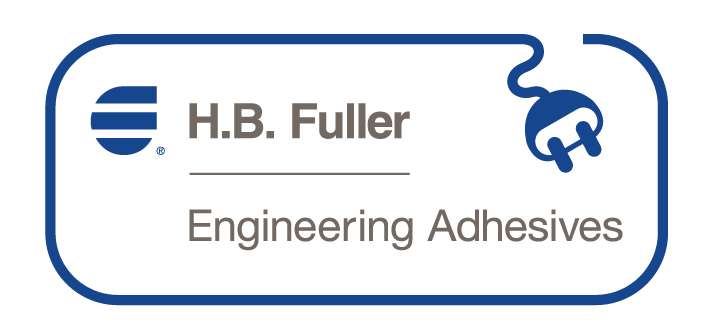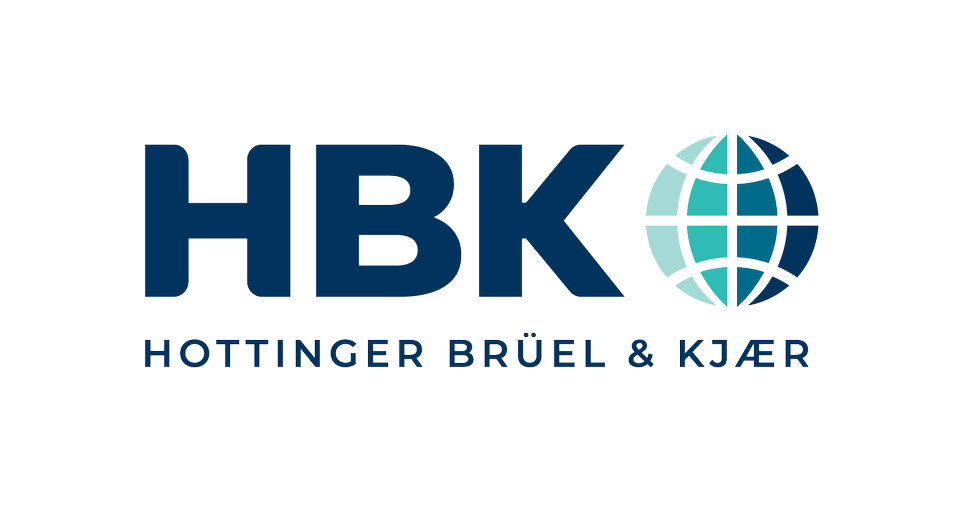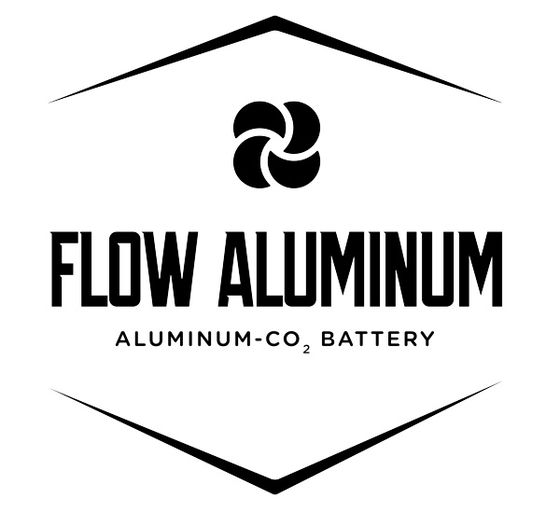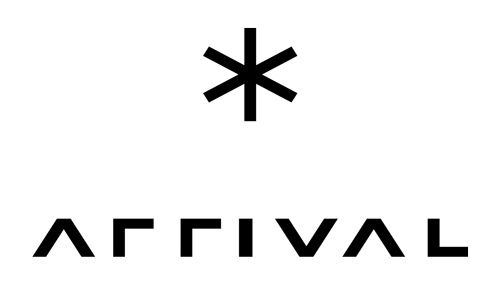The latest edition of Tesla’s blog sings the praises of its service contracts, and announces that the company will be opening several new service centers.
The latest edition of Tesla’s blog sings the praises of its service contracts, and announces that the company will be opening several new service centers. Because customers reserve Model S in advance, the company knows where the first 12,000 cars will be delivered, so it plans to open service centers in areas with the highest concentrations of the new electric sedans.
The company says it is “almost tripling the number” of service centers, and that by March of next year, more than 90 percent of all current Model S reservation holders in North America will be within 100 miles of a Tesla Service Center. Does this mean there will be three service centers in California, or 300 all over the country? Tesla isn’t saying. For those who don’t choose to go to the service centers, mobile technicians, grandiosely named Tesla Rangers, can come to a customer’s home or office to perform an annual inspection or other work.
One unsung advantage of EVs is their far lower maintenance requirements. Tesla points out that Model S has at least a thousand fewer moving parts than a legacy ICE vehicle. There’s no transmission, muffler or catalytic converter to break down, and no spark plugs, timing belt or oil filter to replace. The only oil that needs to be changed is in the gearbox, which should need replacement only every twelve years. Thanks to regen, even brake pads last longer on EVs. All the same, the company recommends an inspection every year (or after 12,500 miles), and offers a service contract (for $600 a year) that includes all replacement parts except tires.
Other maintenance happens in the virtual realm. Model S is designed to run routine self-diagnostic tests, and can remotely alert Tesla’s service team to any problems. Software updates can be performed using the car’s internet connection in order to improve functionality and even add new features, such as a speed warning, new stereo system settings, and memory seat functionality.
One of these is the addition of a “creep” option. Most automatic-transmission cars are designed to slowly creep forward when the driver’s foot is not on the brake or the gas pedal. Like many EVs, Model S was designed without creep. Inspired by customer feedback, Tesla is now working on a software update that will enable Model S to have a user-selectable creep option.




